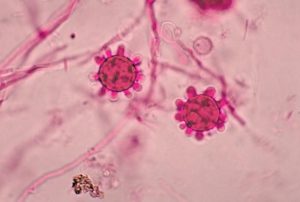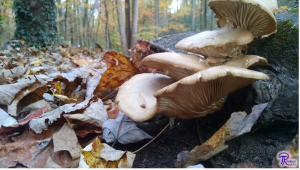#035: Mushroom Morphology: Elfin Saddles
These odd-looking ascomycete mushrooms are all found in the genus Helvella. The mushrooms have a smooth to highly wrinkled stipe and a head that is cup-shaped to saddle-shaped to lobed to irregular. Some elfin saddles have a small stipe and look like large cup mushrooms but have ribs that extend up the stipe and onto the base of the cup. Other elfin saddles with cup-shaped heads have long stipes but are smooth. There are also some with heads that really do look like a saddle for a horse. Elvin saddles with lobed or irregular heads often have large, fluted (wrinkled to grooved) stipes. Sometimes the stipes are so deeply grooved that there are holes going completely through the stipe. I like to think of these mushrooms as mushroom ghosts. To me, they look like shriveled-up, ghost versions of false morels. Most elfin saddles come in various shades of brown, but...







![#011: Characteristics of Kingdom Fungi [Archived]](https://www.fungusfactfriday.com/wp-content/themes/hueman/assets/front/img/thumb-small-empty.png)


